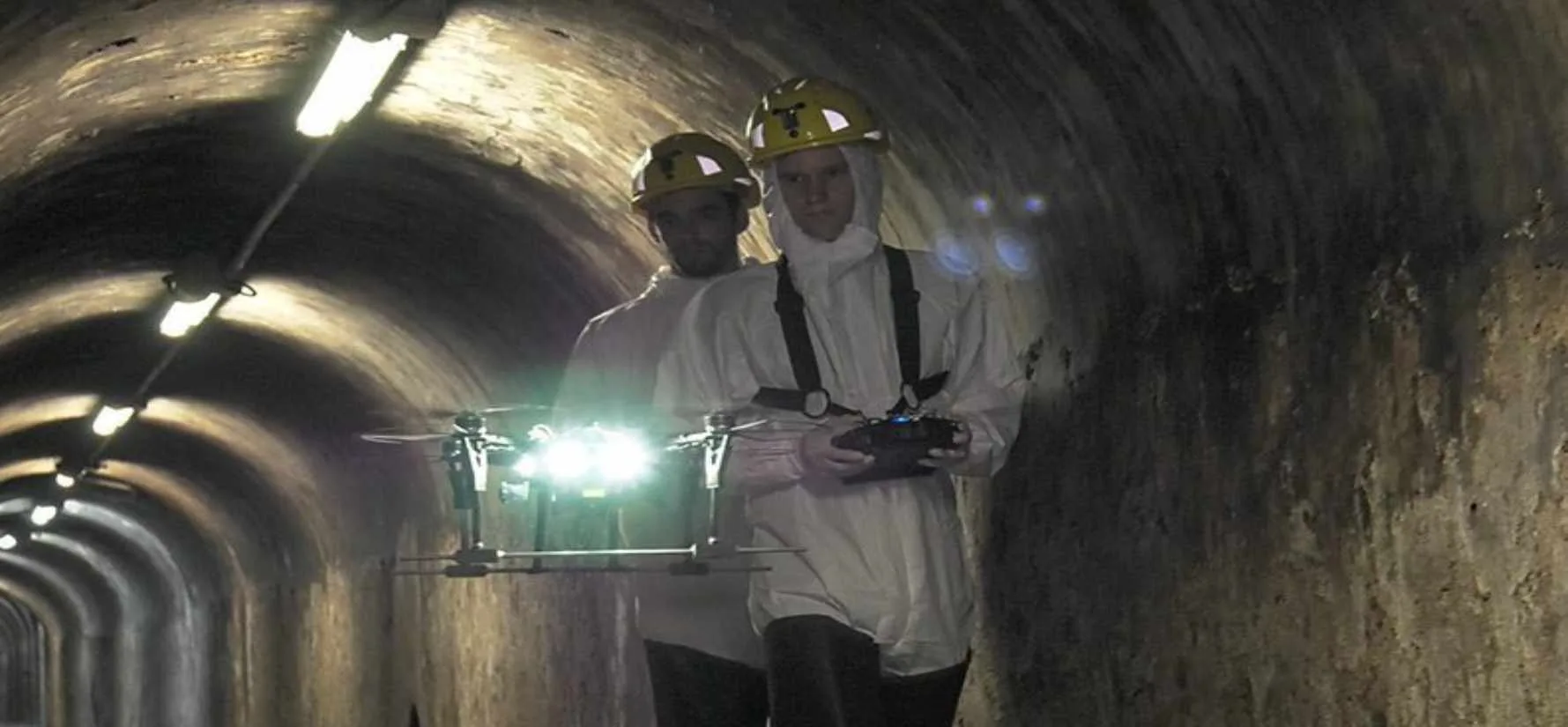High-tech drones fitted with cameras and laser technology called light detection and ranging (LiDAR), scans sewers for issues like cracks, holes, partial collapses, infiltration, and root ingress.
Workers may no longer be required for inspections, conditions may be more accurately assessed, and emissions may be reduced as a result of the technology says the utility company.
Glasgow, Edinburgh, Aberdeen, and some rural areas will undergo similar inspections
According to Scottish Water accurate inspections will cut the cost of repairs and maintenance and reduce the risk of flooding and pollution.
15 workers who would have been employed to carry out the inspections are now replaced by the drones and help cut down on staff working in dangerous conditions in confined spaces with the risk of hazardous gases says Scottish Water
“It will actually create more work because, as we roll it out, we’ll be able to carry out more sewer inspections on parts of our wastewater network that we could not reach using the traditional ‘worker entry’ methods.” a spokesman says
Scottish Waters risk and life cycle planning manager, Ian Jones says “Drones have been put into sewers elsewhere with limited capabilities and limited success. However, the specific adaptation of both drone and the 3D LiDAR modelling is what makes this special.
The company added this method could reduce carbon emissions from sewer surveys by as much as 80% by reducing the number of site vans and vehicle deliveries.
“We require data to enable us to make wise choices about how to restore the old sewers, if necessary and the the 4K quality outputs combined with accurate modelling is four times better than a HD TV and it’s certainly a first in Britain.” says Jones







